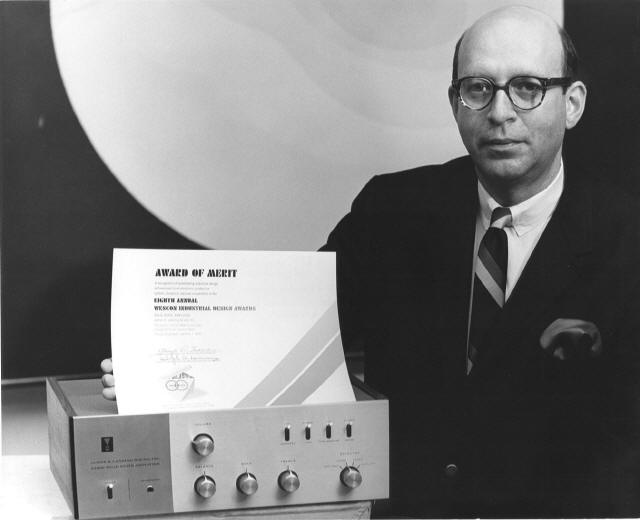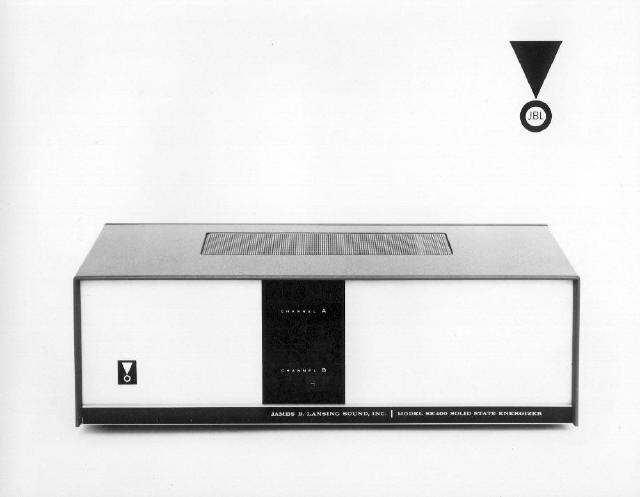|
|
|||||||||||

|
|
||||||||||
Jbl consultancy
|
|||||||||||
|
|
|||||||||||
|
|
The next few years saw a profusion of projects with JBL. In electronics there was the SE408S and SE400S Transducer Energizer concept which tailored the output and damping characteristics of the power amplifier to each specific loudspeaker system; the matching SG520 Graphic Controller to supply a pre-amplified signal to the Energizers; and, lastly, the SA 660 Solid State Amplifier with its unique T-circuit design. This period also saw the introduction of a wide variety of enclosure/system designs from the Arnold Wolf Associates office (as it was then called), including the Nova 88, the L80 Caprice, the professional 4310 compact studio monitor and its consumer derivative, the L100 Century. The development history of the last two products is given a full description in a later section of the website. There were also many new floor systems produced during this period: a variant of the popular marble-topped Lancer 101 was dubbed the Lancer 55 and featured a gray glass top, the L45 Flair, two excursions into traditional styling - the Sovereign Ensemble and the Verona L71. Toward the end of the decade an aggressive return to contemporary treatments produced the Aquarius series of indirect radiator systems, including the Aquarius 4 and L120. The circumstances underlying the Aquarius concept are detailed under the heading "A Time of Transition." In 1968, Bill Thomas asked Wolf to develop a new trademark that emphasized the letters "JBL" as opposed to "James B. Lansing," which was the more usual form that had been used with the earlier triangle and circle device. The reasons for this change had to do with a long-standing conflict with the Altec Lansing Corporation. The story behind the first trademark, the dispute with Altec, and its resolution through the adoption of the current mark may be found in the JBL History.
©2000 Arnold Wolf
|
||||||||||











